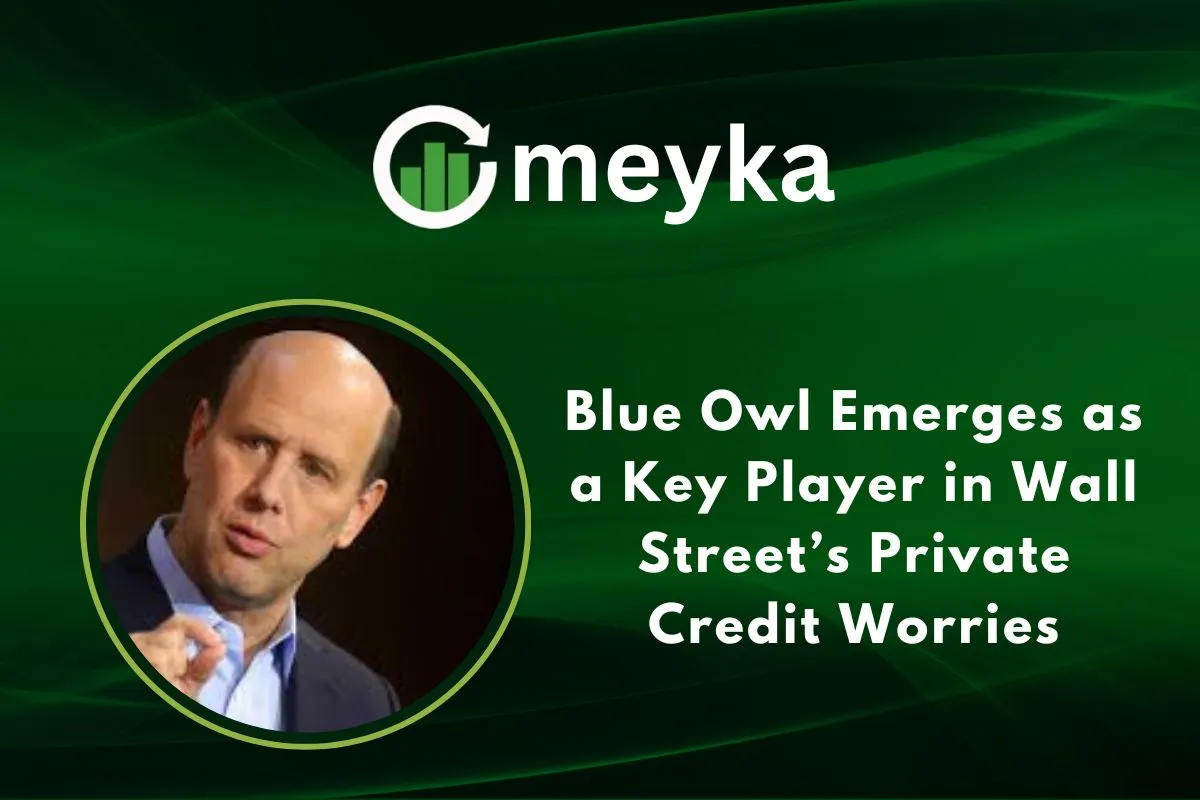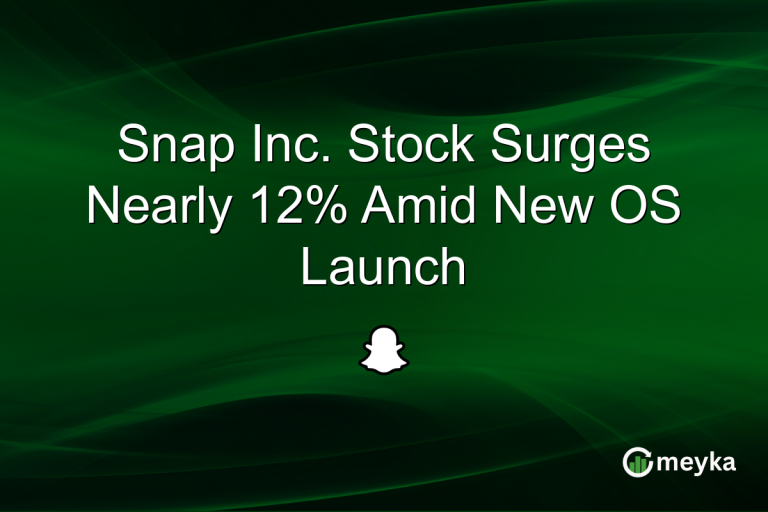Blue Owl Emerges as a Key Player in Wall Street’s Private Credit Worries
We often hear about big banks when credit worries strike. But there is a quieter, growing risk: private credit. At the heart of this is Blue Owl Capital, known simply as “Blue Owl,” which currently oversees hundreds of billions in alternative lending assets. We see major moves, and we also see fresh signs of stress. That pairing makes Blue Owl a focal point in Wall Street’s private credit concerns.
Background on Blue Owl
Blue Owl is an alternative asset manager. It formed when two firms, Owl Rock Capital Group and Dyal Capital Partners, merged and went public in 2021. Its business covers three main areas: private credit (loans to companies), real assets (for example, real estate, infrastructure), and GP strategic capital (investing in private‑equity firms). As of recent data, Blue Owl manages tens of billions, and some estimates put its assets under management at around US$250 billion or more.
In short, Blue Owl has grown fast and positioned itself as a major private‑credit lender.
The State of Wall Street’s Private Credit Market
Private credit means loans made outside of traditional banks and public bond markets. It has boomed in recent years. Investors like it because it promises higher yields. Companies like using it because banks face more regulation and might lend less. But with growth comes risks. When rates rise, when borrowers struggle, or when market liquidity dries up, private credit can get squeezed. For example, some industry watchers now warn that cracks are forming in the “multitrillion‑dollar private credit market.” The problem: many private‑credit investments are illiquid, opaque, and depend on good borrower performance. That makes any wobble more dangerous.
Blue Owl’s Role in Current Market Worries
Blue Owl stands out for several reasons. First: size. Because it is so big, what Blue Owl does matters for the private‑credit market. Second: exposure. Blue Owl is heavily involved in mid‑market direct lending (loans to medium‑sized companies) and in financing large projects, like data centres and infrastructure tied to tech firms. Third: recent moves that have raised concern. For example, Blue Owl cancelled a planned merger of two of its funds, a public fund and a private one, citing market conditions. The cancellation came after investors grew uneasy about limited liquidity and a discount to net asset value.
Such decisions bring attention not just to Blue Owl, but to the private‑credit model itself. Blue Owl’s risk‑management strategy is also under more scrutiny: Is it well‑prepared for a rough patch? Finally, when we compare Blue Owl with peers like Ares Management or Blackstone Group Inc., what sets Blue Owl apart is how much it has leaned into private credit (rather than just private equity or real estate). That specialization now puts it in the hot seat.
Investor and Market Reactions
Investors have noticed. Blue Owl’s stock (ticker OWL) has fallen significantly this year, even while many parts of the market are doing well. Some analysts say the fund‑merger saga damaged confidence. The fact that a large planned deal was pulled back shows how sensitive the market is to private‑credit structure and liquidity issues. Institutional investors who once flocked to private credit are also more cautious. For many, the question now isn’t just “what yield can I get?” but “what happens when the market turns?” Blue Owl serves as a major example or benchmark in the current market scenario.
For borrowers and fund managers, the implication is clear: lending standards may tighten, funds may build more liquidity buffers, and transparency will become even more valued.
Broader Implications for Wall Street and Private Credit
What does Blue Owl’s situation signal for the broader market? A few things:
- Private credit is also affected by the ups and downs of market cycles. Just because it’s alternative doesn’t mean it’s safe.
- Large players like Blue Owl make private credit systemic in effect: their troubles could ripple beyond one firm.
- Fund structure and liquidity matter a lot. The merger cancellation shows that opaque or poorly‑liquid funds are vulnerable.
- Investors (including retail investors) who hoped for easy access to private credit may need a reality check. As one article noted, the episode “highlights vulnerabilities in retail‑facing private credit funds.”
In other words, we are seeing a shift. Private credit is moving from “just growth” mode to “growth with caution” mode.
Conclusion
Blue Owl has become a central player in the evolving world of private credit. With its size, reach, and strategic focus, it stands at the crossroads of opportunity and risk. As the market watches its next moves, one thing is clear: private credit’s future will be shaped not only by yield but by liquidity, transparency, and the resilience of firms like Blue Owl. For investors, fund managers, rs and borrowers alike, the message is this: private credit may promise much, but it demands respect and caution.
FAQS
Yes, Blue Owl has a big private credit business. It specializes in direct lending and alternative credit to middle‑market companies.
There is some concern. Private credit can be risky because loans are often illiquid and more exposed when markets turn.
Blue Owl Credit Income (OCIC) is rated BBB by KBRA with a stable outlook.
Disclaimer:
The content shared by Meyka AI PTY LTD is solely for research and informational purposes. Meyka is not a financial advisory service, and the information provided should not be considered investment or trading advice.






